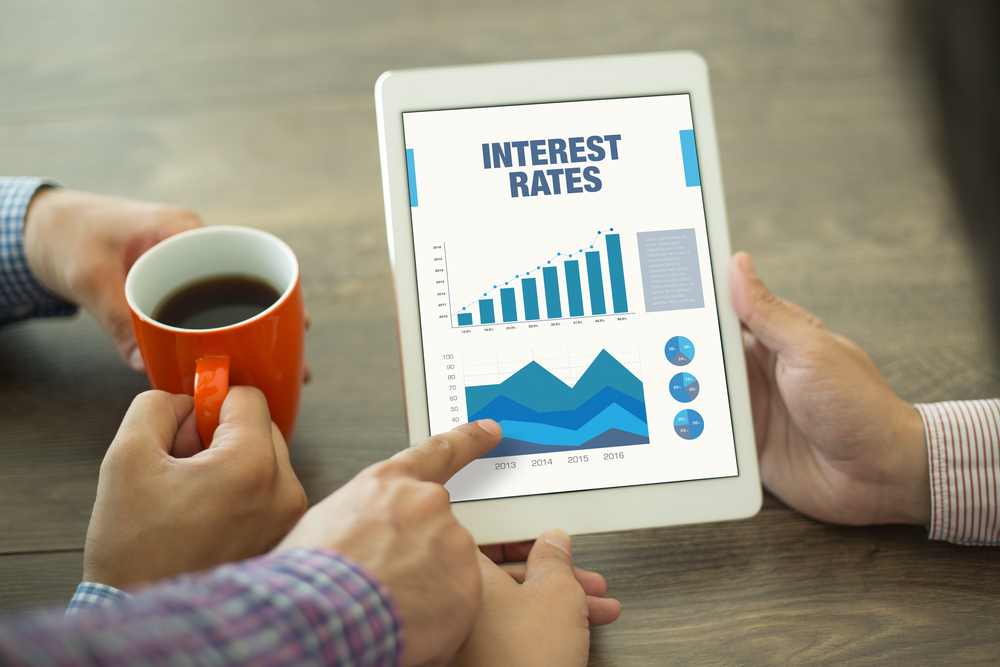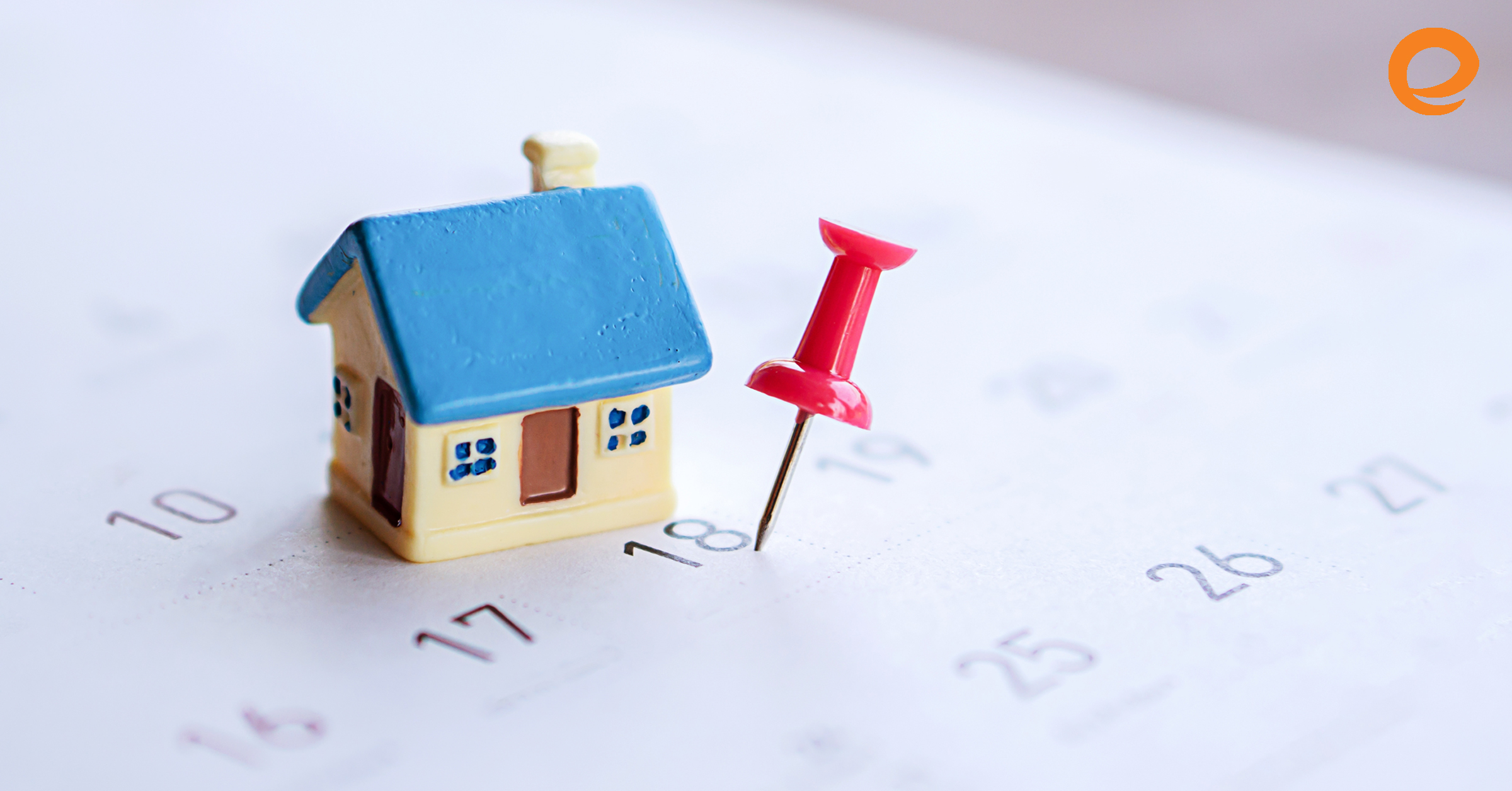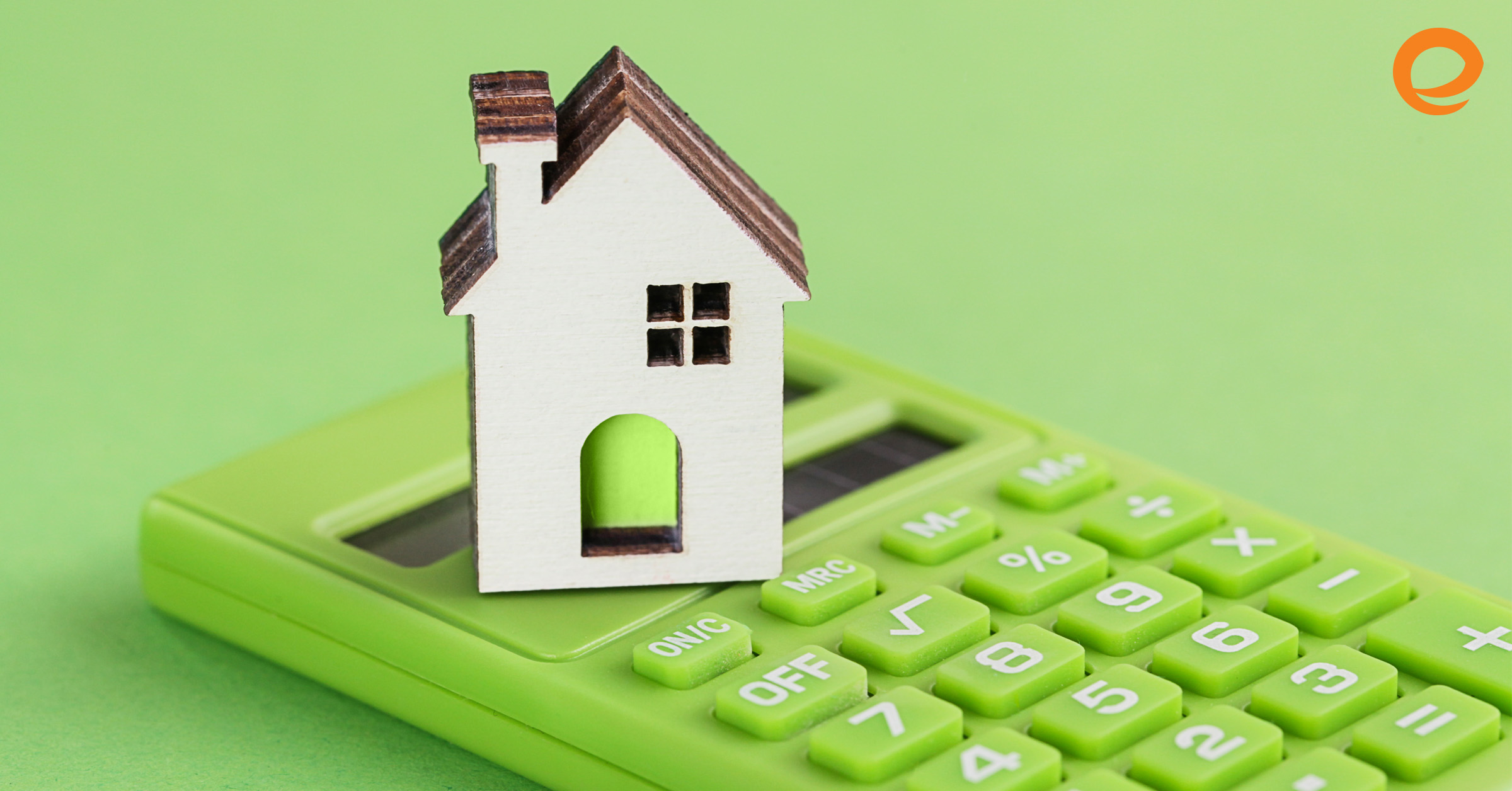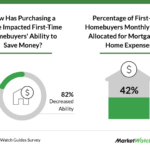Ever wondered how a 30-year mortgage on a $50000 home would break down in terms of payments? You’re in the perfect place! In this guide, you’ll go through an analysis of your payments over the lifetime of such a mortgage. To make it easier to understand, the breakdown is divided into 30 sections, each tackling different aspects of mortgages. Ready? Let’s dive right in!
Contents
- 1. Introduction to 30 Year Mortgage
- 2. Basics of Mortgage Payments
- 3. Interest and Principal Defined
- 4. Understanding Mortgage Interest Rates
- 5. Explaining Mortgage Payment Distribution
- 6. Evaluation of $50000 Mortgage
- 7. Understanding Annual Percentage Rate (APR)
- 8. Calculating Monthly Mortgage Payments
- 9. Escrow in Mortgage Payments
- 10. Principles of Amortization
- 11. The Impact of Interest Rate
- 12. Fixed Rate vs. Adjustable Rate
- 13. Impact of Down Payments
- 14. Understanding Prepayment Penalties
- 15. Biweekly Payments Vs Monthly Payments
- 16. Refinancing a Mortgage
- 17. Paying Off Mortgage Early
- 18. Importance of Credit Score
- 19. Role of Private Mortgage Insurance
- 20. Federal Mortgage Assistance Programs
- 21. The Role of Home Equity
- 22. Benefits of a Long-term Mortgage
- 23. Drawbacks of a Long-term Mortgage
- 24. Utility of Mortgage Payment Calculators
- 25. The Role of a Co-signer
- 26. Understanding Loan-to-Value (LTV) Ratio
- 27. Effect of Market Conditions
- 28. Impact of Personal Financial Decisions
- 29. The Process of Mortgage Closing
- 30. Making Informed Decisions
1. Introduction to 30 Year Mortgage
A 30-year mortgage is quite common in the personal finance world. The long repayment period often results in lower monthly payments, making it easy for most homeowners to manage. With such a loan, you would be dealing with factors like interest rates, principal, and taxes that compulsory with any mortgage.
2. Basics of Mortgage Payments
Mortgage payments are what a borrower should settle every month until the entire debt is cleared. Each payment encompasses the principal (the original loan amount) and the interest accrued over time.. Not forgetting, components like homeowners insurance and property taxes may also form part of your monthly mortgage bill.
3. Interest and Principal Defined

The principal is simply the amount borrowed from your lender or bank, while interest is what you pay to your lender for granting you the loan. Your ability to pay back these two amounts on time affects your credit history hugely.
4. Understanding Mortgage Interest Rates
Mortgage interest rates roll around how much its going to cost you to borrow money from a bank or another lender. These rates can either be fixed-rate or adjustable-rate mortgages. A fixed rate implies that your interest rate remains constant over the life of a loan while dealing with adjustable-rate means that your rates are likely to fluctuate over time.
5. Explaining Mortgage Payment Distribution
In the initial years of your mortgage, the majority of your monthly payment goes toward paying the interest. However, as you approach the end of the amortization period, a larger portion is applied to the principal balance. Think of it as a financial conduct authority directing where your payments should go based on interest and balance remaining.
6. Evaluation of $50000 Mortgage

When evaluating a $50000 mortgage, factors such as down payment and annual percentage rate play a key role in determining your monthly payments. With a good credit history, positive family economics and a sizeable down payment, your monthly premiums could be quite manageable.
7. Understanding Annual Percentage Rate (APR)
The Annual Percentage Rate (APR) mirrors the cost of borrowing as a yearly rate. It includes interest rates and other fees that you pay to acquire your loan. Think of APR as representing the true cost of a mortgage.
8. Calculating Monthly Mortgage Payments
Calculating monthly mortgage payments would require you to understand some basic mathematics or simply use online tools designed just for that! Inputs will include your loan amount, time for repayment (loan term), and the interest rate.
9. Escrow in Mortgage Payments

An escrow account can be defined as an account set up by your mortgage lender to pay certain property-related expenses on your behalf like taxes and insurance. Escrow ensures these costs are budgeted for over 12 months rather than paid as one lump sum annually.
10. Principles of Amortization
The principle of amortization refers to how your loan balance drops over time with regularly scheduled payments. Looking at an amortization schedule might help you see how each payment affects your loan balance and interest. Remember, initially, the majority goes to interest and a smaller proportion towards the actual balance.
11. The Impact of Interest Rate
When mentioning the term “mortgage”, interest rate is a major component to consider. The interest rates attached on your $50000 mortgage over 30 years can significantly alter your total repayment amount. For instance, a 5% interest rate could have you paying roughly $275 per month, while a higher rate, say 10%, will push your monthly payment to around $440. This significant difference in payments showcases how essential it is to understand the role of interest rates in relation to your mortgage.
12. Fixed Rate vs. Adjustable Rate

When deciding on a mortgage, one common dilemma involves the choice between fixed rate and adjustable rate. A fixed-rate mortgage provides certainty since your payment stays the same throughout the loan tenure. On the other side, an adjustable-rate mortgage fluctuates with market conditions after the initial fixed period expires. So, while you could enjoy low rates during times when economy is slowing, you may end up paying notably higher amounts if the trend reverses during the life of your mortgage.
13. Impact of Down Payments
In personal finance, down payments play a crucial role in determining your overall mortgage cost. A larger down payment reduces both your loan amount and thereby the interest charged over time, as well as potentially exempting you from Private Mortgage Insurance (PMI). Hence, by saving for a sizeable down payment, you can reduce your $50000 mortgage hassle and overall financial burden.
14. Understanding Prepayment Penalties
When considering mortgage loans, prepayment penalties are often overlooked. These can be a financial setback if you decide to pay down your mortgage quicker than the term you agreed on. Before signing any mortgage contract, it’s essential to check if there’s a prepayment fee clause. Understanding this point can give you greater control over your loan payoff strategy.
15. Biweekly Payments Vs Monthly Payments

Instead of standard monthly payments, opting for biweekly payments can potentially cut down your mortgage period and save you a considerable amount in interest. Instead of making 12 larger payments annually (monthly), you make 26 smaller ones (biweekly). The result is an equivalent of one extra monthly payment towards your principal annually.
16. Refinancing a Mortgage
Refinancing is a popular strategy used by homeowners who wish to modify their existing mortgage agreement, usually to get lower interest rates offered by the changing economy or improved credit score. However, it comes with closing costs and potentially, prepayment penalties. Weigh the pros and cons before deciding on refinancing.
17. Paying Off Mortgage Early
Paying off a mortgage early might sound like a dream, but it’s achievable with strategic planning and discipline. The main benefit is, of course, saving on interest charges over the life of your loan. It also provides peace of mind in knowing that your home is fully paid off.
18. Importance of Credit Score

Your credit history influences not just whether lenders approve your mortgage application but also how favorable the terms will be. A high credit score signifies less risk for the lender and therefore may secure lower interest rates for you on your $50,000 mortgage. By maintaining positive financial habits like timely debt repayments and minimal utilization of credit, one can uphold a respectable credit score.
19. Role of Private Mortgage Insurance
Private Mortgage Insurance or PMI is usually required if your down payment is less than 20% of the property’s value. It offers protection to your lenders should you default, but adds an extra cost for you. Once your equity reaches 20%, discuss with your lender the possibility to discontinue the PMI payments on your mortgage loan.
20. Federal Mortgage Assistance Programs
Many federal mortgage assistance programs exist to help first-time homebuyers or those with limited income. Programs like the Federal Housing Administration (FHA) loans offer attractive interest rates and require lower down payments. Additionally, there are options for Veterans (VA loans) and rural homebuyers (USDA loans). Research federal assistance programs that may be applicable, as they can greatly reduce the financial burden of a mortgage.
21. The Role of Home Equity

Whenever you make a mortgage payment, a portion of that money reduces the principal balance of your loan, while another covers interest. These payments gradually increase your home equity – that is, the portion of the property you really own. As the remaining loan balance decreases and the home’s market value grows over time, your home equity increases. This can be beneficial as having substantial home equity can offer you borrowing power in the future for things like home improvements or refinancing options.
22. Benefits of a Long-term Mortgage
A $50,000 mortgage with a 30-year term might seem daunting at first, but it comes with multiple benefits. A longer mortgage term allows you to spread out your loan repayment over a longer period, translating into lower monthly payments. If budget management is a concern for you, this could provide flexibility and minimize financial pressure, making homeownership more manageable.
23. Drawbacks of a Long-term Mortgage
Despite the advantages associated with smaller monthly payments, there are drawbacks to consider in a long-term 30-year mortgage. It often means that you’ll end up paying more interest over time compared to a shorter-term mortgage. Plus, it takes longer to build equity in your home and can take most part of your lifetime before you finally own your home outright.
24. Utility of Mortgage Payment Calculators

Finding tools that help simplify complicated calculations is critical in understanding your loan better. Mortgage payment calculators are such tools, factoring in aspects such as loan amount, interest rates, and repayment period to generate an estimated monthly payment. By using these calculators, you can get an initial idea about budgeting for your payments and how changes in these parameters affect your monthly costs.
25. The Role of a Co-signer
In some instances, having a co-signer for your mortgage may assist in securing approval or better loan terms. Your co-signer agrees to repay your mortgage if you can’t. Their income and credit score can help strengthen your application and can provide lenders with extra assurance that the mortgage will be repaid.
26. Understanding Loan-to-Value (LTV) Ratio
The Loan-to-Value (LTV) ratio is a critical factor that lenders use when deciding to approve mortgages. It compares the amount you intend to borrow to the value of the property being purchased. A lower LTV ratio typically leads to more favorable loan conditions because it means you have more equity in your home, and therefore pose less of a risk to lenders.
27. Effect of Market Conditions
The state of the broader economy greatly affects mortgages. For instance, if overall market interest rates are low, this could result in lower mortgage interest rates, effectively reducing your monthly payments and total payment over the life of your loan. Conversely, high rates lead to increased costs.
28. Impact of Personal Financial Decisions

Your own financial decisions can have a significant impact on the cost and feasibility of your mortgage as well. Spending habits, investing wisely, adopting effective savings strategies, focusing on boosting your credit score can all contribute positively towards managing your long-term mortgage better.
29. The Process of Mortgage Closing
Mortgage closing is the last step in finalizing your house purchase where ownership is legally transferred from seller to you. Apart from signing the essential paperwork, it often involves payment of closing costs which include origination charges, title insurance, taxes among other fees which are typically 2-5% of your loan amount. Therefore, it is crucial to factor this into your upfront budgeting.
30. Making Informed Decisions
As you’ve seen, there are a multitude of factors that come into play when managing a $50,000 mortgage over 30 years. From understanding the importance of home equity and LTV ratios, to using tools like mortgage calculators to plan — figuring out the complexities might feel overwhelming. But with a good grasp on how personal financial decisions, market conditions, and long-term loan effects influence your mortgage expenses, you’re better positioned to make informed decisions. Remember always to review your options carefully, consult a financial advisor if needed, and choose the path that is most suitable for your financial situation.






